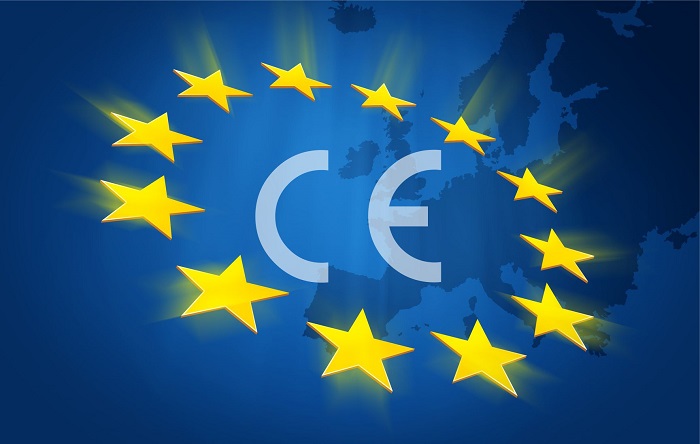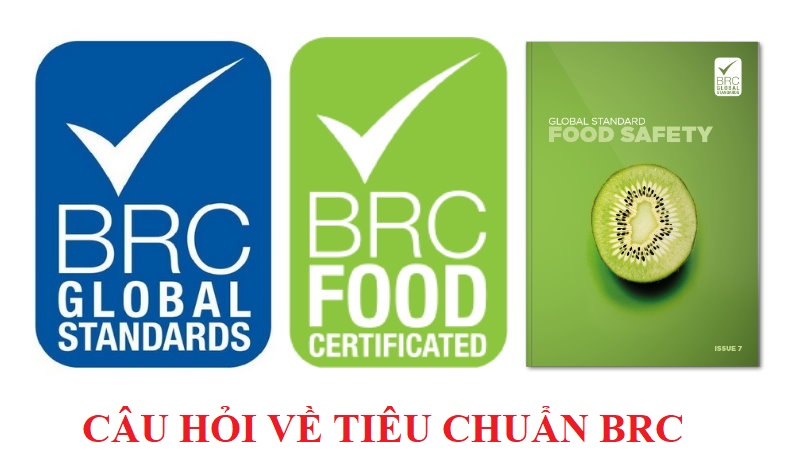
Common questions of CE MARKING
The word "CE" in CE label must be appropriate for the prescribed rate, can be directly labeled on products or packaging. Regardless of the size of "CE" symbol,....
The BRC Global Standard for Food Safety is developed by food industry experts from retailers, manufacturers and food service organisations to ensure it is rigorous and detailed, yet easy to understand. First published in 1998, the Standard is now in its seventh issue and is well-established globally. It has evolved with input from many leading global specifiers. It provides a framework to manage product safety, integrity, legality and quality, and the operational controls for these criteria in the food and food ingredient manufacturing, processing and packing industry.Frequently asked questions on BRC:
 Question 1: Who can obtain BRC certification?
Question 1: Who can obtain BRC certification?
BRC certificate is for any business who manufactures, processes and made or closing packages (include the main lines as physic packages products (include major products such as animal products).
Question 2: What are requirements of Global BRC?
Your business must have Hazard Analysis and Critical Control Points (HACCP). Besides, you need:
- Demonstrated quality management system
- Frequently check sanitary of process, product and employee.
Question 3: What are benefits of BRC ?
BRC bring about many benefits such as:
Question 4: What are 7 factors in BRC ?
Consistent food safety is the responsibility of everyone within the company; however, the starting point for an effective food safety plan is the commitment of senior management to the implementation of the BRC Global Standard and continual development.
The BRC Global Standard requires the development of an effective hazard analysis and critical control point (HACCP) programme based on the requirements of the internationally recognised Codex Alimentarius system.
This section sets out the requirements for the management of food safety and quality. This includes requirements for product specifications, supplier approval, traceability, and the management of incidents and product recalls.
This section sets out expectations for the production environment including the layout and maintenance of the buildings and equipment, cleaning, pest control, waste management and foreign body controls.
The requirements for product design and development stage including allergen management, product and ingredient provenance, product packaging and product inspection and testing.
The establishment and maintenance of safe process controls, weight/volume control and equipment calibration, and ensures the documented HACCP plan is put into practice.
This section sets out the standards needed for staff pre-audit, protective clothing and personal hygiene.
Question 5: Is BRC the standard of British Retailer Consortium?
Yes. BRC is common in Europe, Asian and American market. It is developed by British Retailer Consortium and recognized by GFSI- Global Food Safety Innitative.
Question 6: What certificates does BRC include?
BRC certification is about food safety certification while BRC IOP certification is a certification of product packaging.
Question 7: What are basic requirements to obtain BRC?
• Business leaders must demonstrate commitment to meet the requirements of the BRC standard.
The BRC Global Standard for Food Safety is the number one global market leading GFSI scheme and if you are a specifier, brand and consumer protection will be your number one priority. Supply chain resilience and transparency can be achieved using the Food Safety Standard and reported on the BRC Global Standards Directory.
Built by experts and delivered by highly qualified auditors who have undergone the most rigorous pre-audit and examinations of all of the food safety schemes, to ensure the scheme is the "gold Standard".
